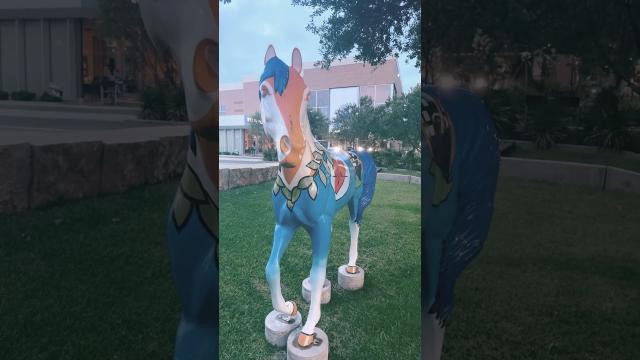Outer Space & Universe
Outer Space & Universe
Space, also known as outer space, is the near-vacuum between celestial bodies. It is where everything (all of the planets, stars, galaxies and other objects) is found.
On Earth, space begins at the Kármán line (100 km above sea level). This is where Earth's atmosphere is said to stop and outer space begins. This is not a firm boundary but is a convention used by scientists and diplomats.
Items in space are free to move back and forth; up and down; and left and right. These three dimensions are what make 3D space. Items also move forward through time, which is sometimes called the fourth dimension.
The majority of space contains very little matter and so most of it is a vacuum. Scientists do not know how big space is but we do know that space is extremely big, and is always expanding.
According to the big bang theory, all matter and energy in the Universe was compressed into a very small space. Then it exploded and started expanding. Space is still growing in size today; this means the distance from one galaxy to distant galaxies is getting longer.
Gravity is the force that keeps the Moon in orbit around the Earth and the planets in orbit around the Sun. Gravity can stretch and bend space similar to how a heavy ball placed on a stretched sheet of rubber will cause the rubber to stretch. The scientist who discovered that space can bend is named Albert Einstein. How gravity bends space is part of his theory of general relativity.
Astronauts, Cosmonauts, Taikonauts and Spationauts
An astronaut is any person who is trained by NASA to travel and perform tasks in space. Although the space traveler may not necessarily be a United States citizen, each astronaut does go through a rigorous training regiment by the National Aeronautics and Space Administration. Other space travelers go by other names then astronaut depending on their country of origin.
In the United States, astronaut is derived from the Greek words ástron (star) and nautis (sailor). While, in Russia, a space traveler goes by the name космонавт (English: cosmonaut), which is derived from the Greek words kosmos (universe) and nautis (sailor). Westerners call a space traveler from China a taikonaut, based on the 1998 writings of Chiew Lee Yik and Chen Lan where the term tàikōng (great emptiness), Chinese for “space”. In China, the term yuháng yuán (universe navigator) is used for space traveler.
Only the United States of America (United States), Russia (earlier, the Union of Soviet Socialist Republics), and the People’s Republic of China (China) have sent manned spacecraft into space. Other countries have assisted these countries by sending their own space travelers on space missions. For instance, a French space traveler is called a spationaut (from the French word spationaute), which is derived from the Latin spatium (space) and Greek nautis (sailor). (plural in Greek nautes = sailors)
-
01:03
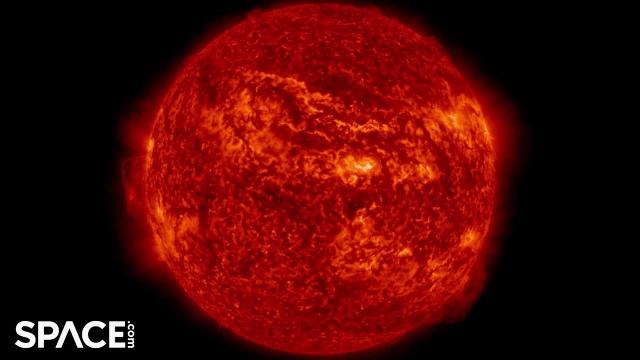
Massive filament eruption on Sun captured by NASA's Solar Dynamics Observatory
Added 150 Views / 0 LikesNASA's Solar Dynamics Observatory captured a huge filament eruption in multiple wavelengths on Sept. 16, 2023. The eruption created a coronal mass ejection that "should hit Earth's magnetic field on Sept. 19th," according to Spaceweather.comCredit: Space.
-
01:12
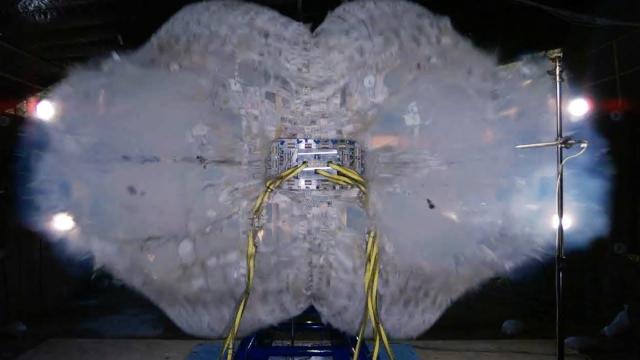
Boom! Sierra Space bursts inflatable LIFE habitat fitted with 'window' in amazing views
Added 150 Views / 0 LikesSierra Space tested an inflatable habitat prototype fitted with a metallic window sub-structure. "The LIFE habitat will house a minimum of two windows," according to a release from the commercial space company. Credit: Sierra Space
-
01:04
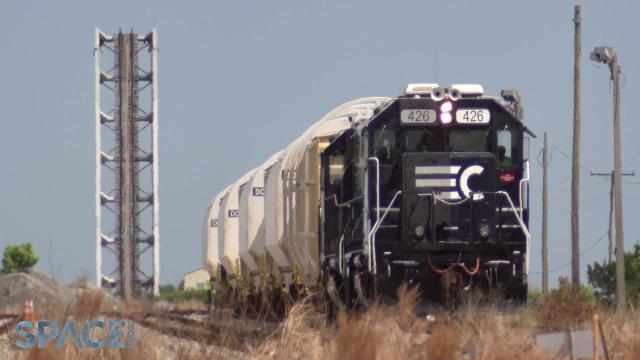
Train delivers Artemis 2 booster segments to NASA Kennedy in time-lapse
Added 150 Views / 0 LikesA train carrying booster segments for the Space Launch System rocket that will launch the Artemis 2 mission to the moon arrived at NASA's Kennedy Space Center in September 2023. Credit: NASA | edited by Space.com
-
07:52
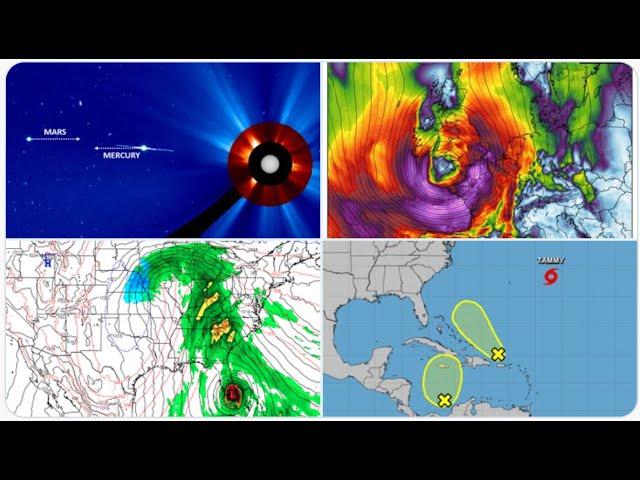
RED ALERT! Major Europe Storm Watch! USA Hurricane Watch! Major Floods Everywhere*!
Added 150 Views / 0 LikesI hope you are staying cool.God bless everyone,Thttps://www.paypal.me/THORnewshttps://venmo.com/TEric-Lewison$THORnews on CashApphttps://www.patreon.com/thornews
-
02:11
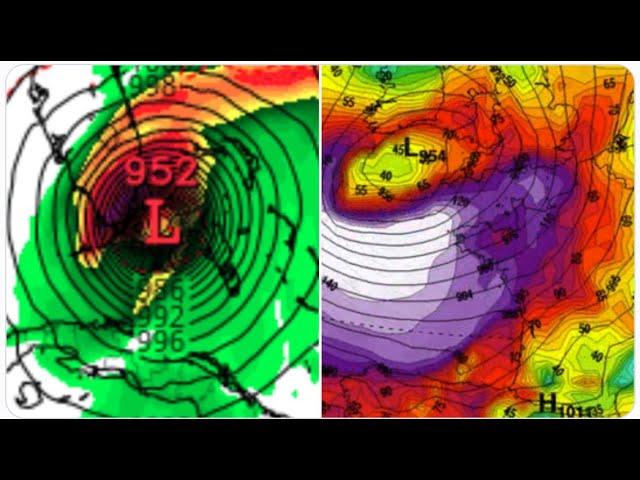
RED ALERT! Double Eurocane hit for UK & France? and. Hurricane Watch for USA!
Added 150 Views / 0 Likeshey.God bless everyone,Thttps://www.paypal.me/THORnewshttps://venmo.com/TEric-Lewison$THORnews on CashApphttps://www.patreon.com/thornews
-
00:30
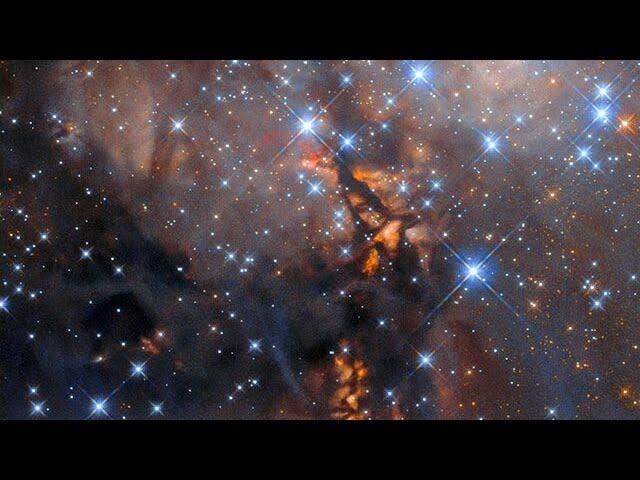
Pan: Stellar cradle
Added 150 Views / 0 LikesThe protostellar object OH 339.88-1.26, which lies 8 900 light-years from Earth in the constellation Ara, lurks in this dust-filled image from the NASA/ESA Hubble Space Telescope. Winding lanes of dark dust thread through this image, which is also studded
-
00:30
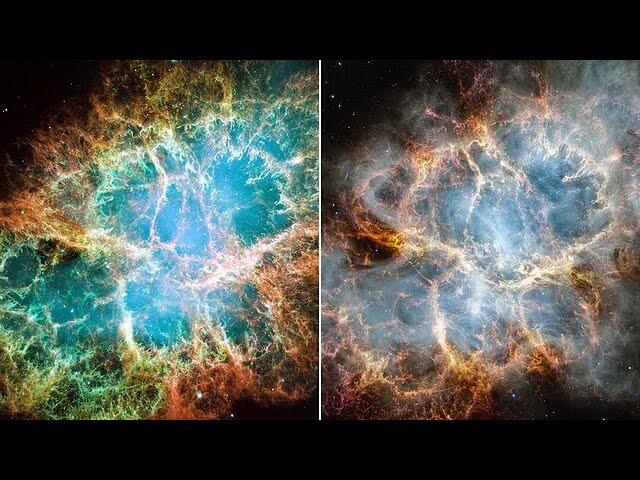
Hubble and Webb’s views of the Crab Nebula
Added 150 Views / 0 LikesThe first image shown in this video is the 2005 Hubble optical wavelength image of the Crab Nebula. This is followed by a new image of the object from the James Webb Space Telescope’s NIRCam (Near-Infrared Camera) and MIRI (Mid-Infrared Instrument) instru
-
01:36
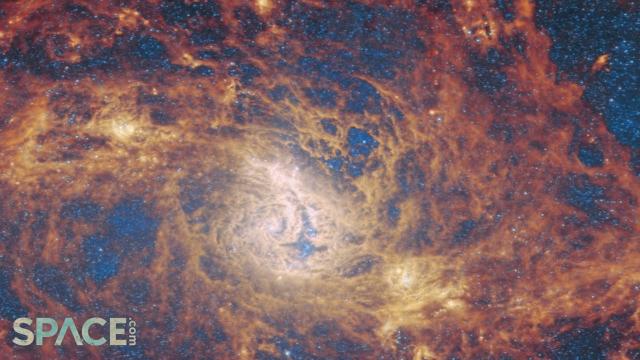
James Webb Space Telescope's views of barred spiral galaxy M83 are amazing in 4K
Added 150 Views / 0 LikesNASA/ESA/CSA James Webb Space Telescope's NIRCam and MIRI instruments captured stunning views of barred spiral galaxy M83. Full Story: https://www.space.com/james-webb-space-telescope-gazes-m83-galaxyCredit: ESA/Webb, NASA & CSA, A. Adamo (Stockholm Unive
-
01:14
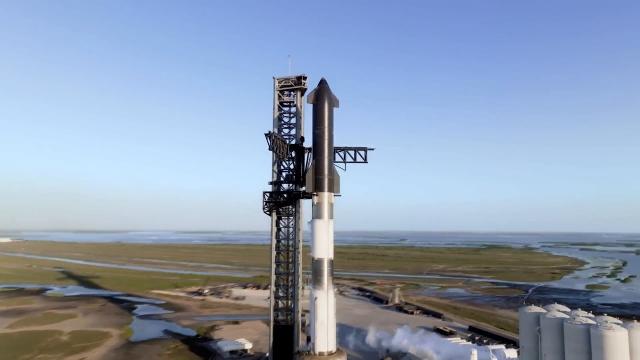
SpaceX hypes up Starship's next integrated launch with preview video
Added 150 Views / 0 LikesSpaceX's next integrated launch of Starship could occur as soon as Nov. 17, 2023. Full Story: https://www.space.com/spacex-starship-launch-date-november-2023Credit: SpaceX
-
09:11
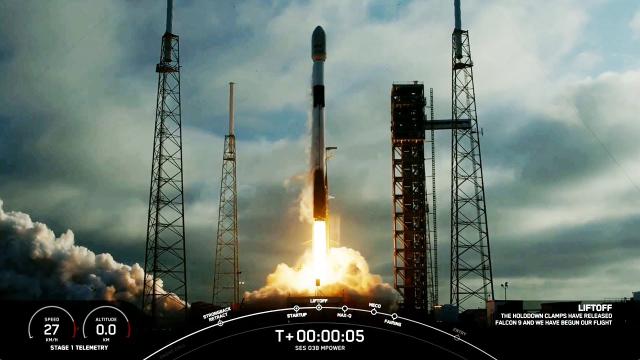
SpaceX launches SES O3b mPOWER satellites, nails landing at sea
Added 150 Views / 0 LikesA SpaceX Falcon 9 rocket launched a pair of SES O3b mPower telecommunications satellites from Florida's Cape Canaveral Space Force Station on Nov. 12, 2023. The Falcon 9's first stage came back to Earth for a soft landing on a droneship in the Atlantic Oc
-
10:55
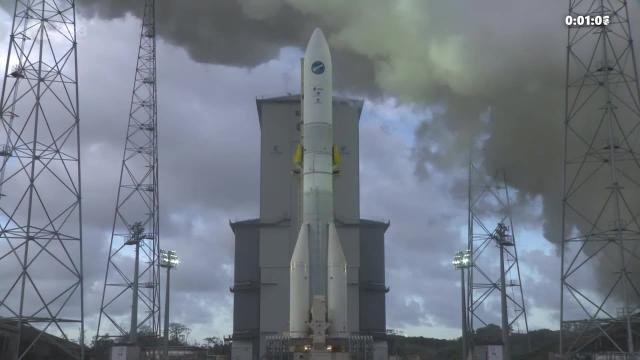
Hotfire! Europe's new Ariane 6 rocket fired up for 7-minute engine test
Added 150 Views / 0 LikesThe Ariane 6 heavy-lift rocket's single Vulcain 2.1 engine was fired up for a long duration test on Nov. 23, 2023 at Europe's Spaceport in Kourou, French Guiana. Full Story: https://www.space.com/europe-ariane-6-rocket-test-fire-november-2023Credit: Arian
-
02:47
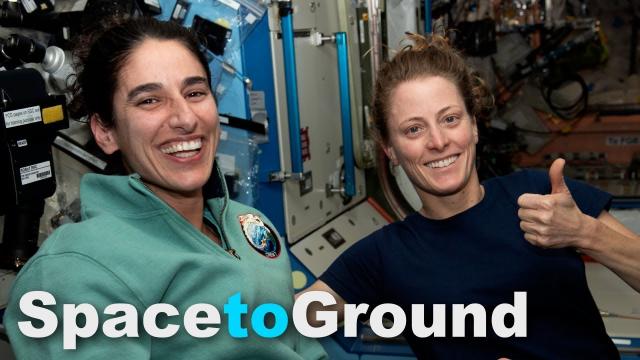
Space to Ground: Igniting the Future: Dec. 8, 2023
Added 150 Views / 0 LikesNASA's Space to Ground is your weekly update on what's happening aboard the International Space Station. Got a question or comment? Use #AskNASA to talk to us.Learn more about the important research being operated on Station:https://www.nasa.gov/iss-scien
-
20:41
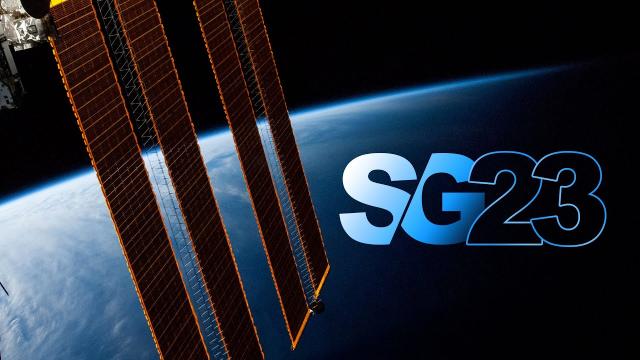
Space to Ground: 2023
Added 150 Views / 0 LikesNASA's Space to Ground is your weekly update on what's happening aboard the International Space Station. Got a question or comment? Use #AskNASA to talk to us.Learn more about the important research being operated on Station:https://www.nasa.gov/iss-scien
-
01:05
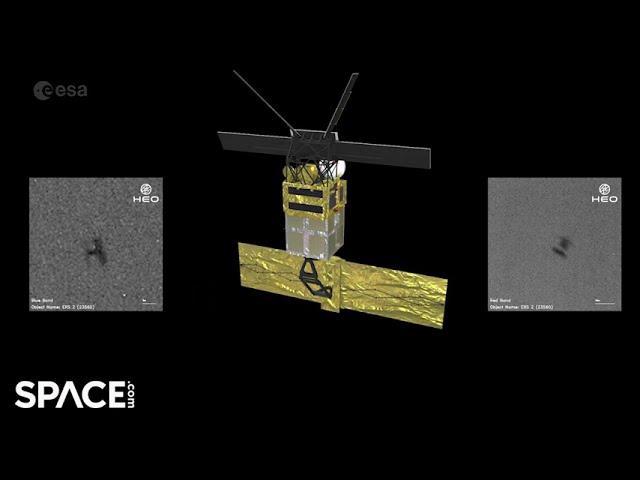
Doomed satellite seen by HEO Robotics cameras in space ahead of Earth re-entry
Added 150 Views / 0 LikesESA's ERS-2 satellite has been caputured by HEO Robotics cameras in space ahead of Earth re-entry. See an animation of the ERS-2 and the imagery here. Full Story: https://www.space.com/satelitte-ers-2-esa-heo-robotics-commercial-imaging-photosCredit: Spac
-
00:30
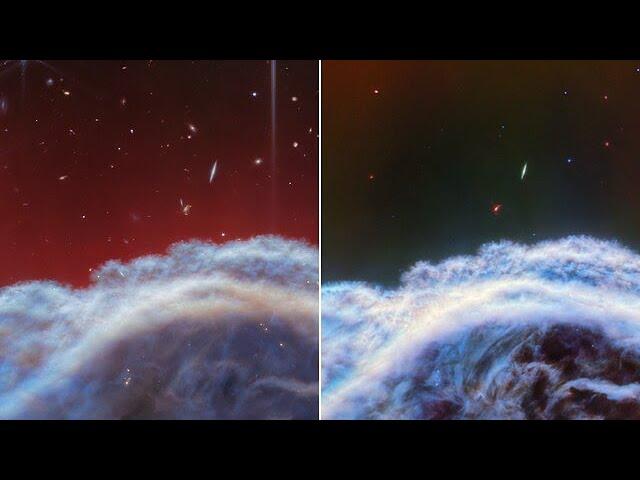
Transition video: Webb's two new views of the Horsehead Nebula
Added 150 Views / 0 LikesThe NASA/ESA/CSA James Webb Space Telescope has captured the sharpest infrared images to date of one of the most distinctive objects in our skies, the Horsehead Nebula. These observations show a part of the iconic nebula in a whole new light, capturing it
-
01:00
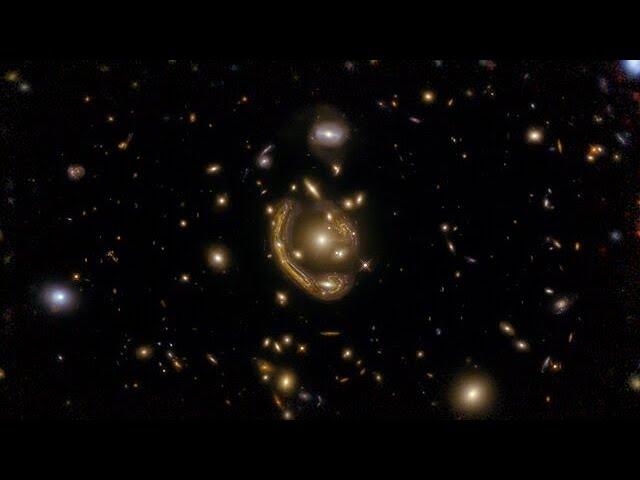
Zoom into GAL-CLUS-022058s
Added 149 Views / 0 LikesIn December 2020 the ESA/Hubble team published a stunning view from the NASA/ESA Hubble Space Telescope of one of the most complete Einstein rings ever discovered. This object is formally known as GAL-CLUS-022058s. This observation has since been used to
-
03:15

Mercury's weird orbit delivers insight on the Sun
Added 149 Views / 0 LikesMercury has the "most oblong orbit in the solar system," and it is providing insight on how the Sun's "influence on planets," according to NASA's Goddard Space Flight Center. Credit: NASA's Goddard Space Flight Center. Miles Hatfield (Telophase): Producer
-
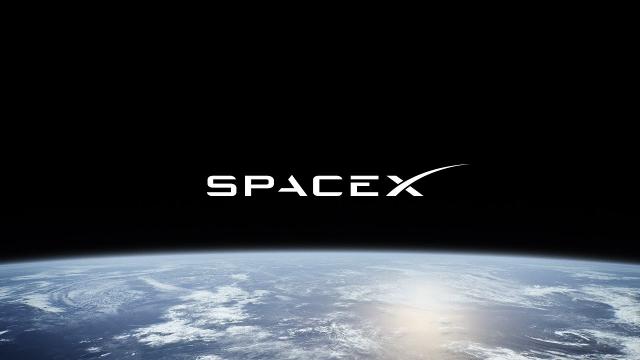
Starlink Mission
Added 149 Views / 0 LikesSpaceX is targeting Saturday, September 10 for a Falcon 9 launch of 34 Starlink satellites and AST SpaceMobile’s BlueWalker 3 satellite to low-Earth orbit from Launch Complex 39A (LC-39A) at Kennedy Space Center in Florida. The instantaneous launch window


